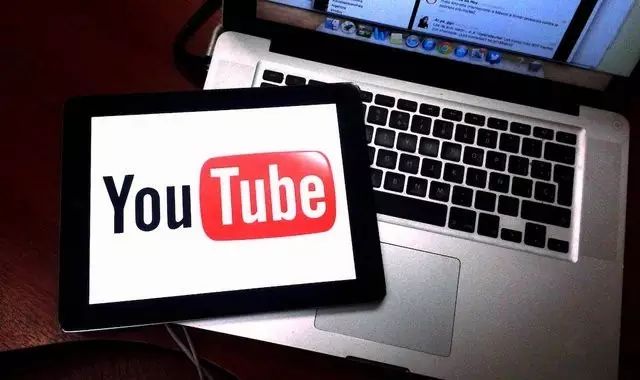YouTube could lose $300 million because too many big companies are removing ads

After Google apologized last week, advertisers didn't pay for it, and there are more and more big companies that are removing ads from YouTube because their ads appear next to extremist content.
On Wednesday, telecommunications companies AT&T and Verizon, Johnson and Johnson and Johnson decided to pull the YouTube ads. Starbucks and General Motors made the same decision on Friday, while Coca-Cola, PepsiCo, Wal-Mart and Dish Network, the U.S. satellite broadcast service provider, said they had stopped buying all Google advertising services except search ads for specific people. FX Networks, owned by 21st Century Fox, went one step further and stopped all Google advertising services.
Alphabet, Google's parent company, did not separately report YouTube's advertising revenue in its earnings. According to Monness Crespi Hardt, a stock research firm, YouTube's advertising revenue has risen from about $4 billion in 2013 to $11 billion last year. RBC Capital Markets, an investment bank, estimates that YouTube's revenue will be around $14 billion this year.
If the big companies keep removing their Ads on YouTube, if they continue, it's clear that YouTube's advertising revenue will be significantly affected.
The amount of impact depends on future decisions by Google and advertisers. But Mark Mahaney, an analyst at RBC Capital Markets, said Thursday that the incident could reduce YouTube's advertising revenue by 2 percent to about $300 million. After more companies pulled out, he added, "If it continues at this rate, it will certainly have an impact." There may be 'B'-related losses", i.e. YouTube could lose about $1 billion.
In fact, even if big companies decide to continue advertising on YouTube, YouTube's revenue could suffer. Rob Roban, chief digital officer of Group M, one of the world's largest media buying companies, said they were in talks with Google, and one of its recommendations was to discount advertisers who advertise targeted.
According to the Wall Street Journal, YouTube now charges $7-12 per thousand ads. But if advertisers make further demands, such as targeting specific people, or specifying to advertise next to a content, YouTube will charge an additional fee for that.
Roban says many customers make similar demands to reduce the risk of their ads appearing next to extremist content, and in this case they are reluctant to pay a premium.
In addition to reiterating the improvements proposed in Monday's apology, Google said in a memo that it would add an employee hotline dedicated to keeping the brand safe and tag suspicious videos with artificial intelligence. But they did not respond to questions about the offer of a discount.
Source: Curiosity Daily Image caption Flickr

Go to "Discovery" - "Take a look" browse "Friends are watching"